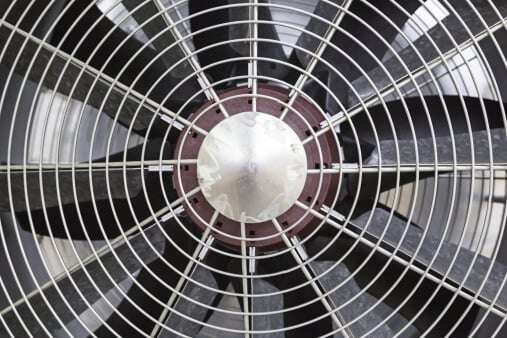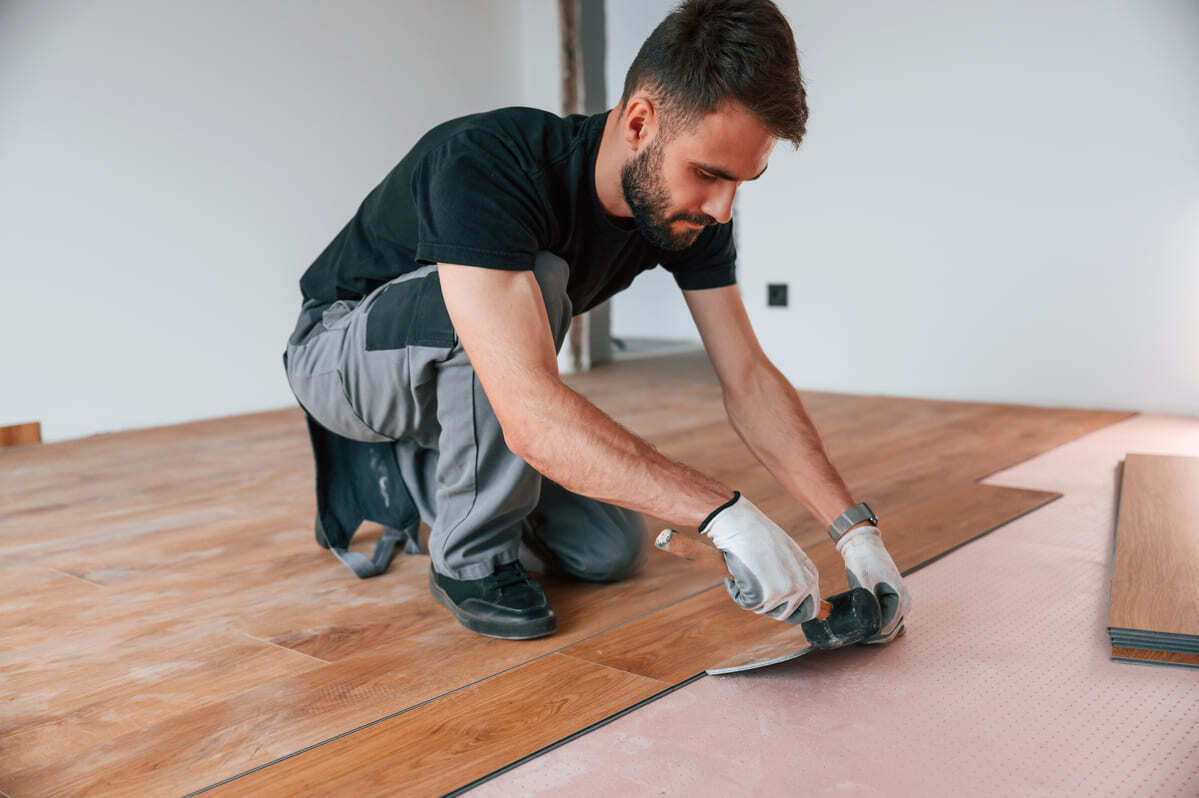 It's not as though your friends and family members who endure hot and humid summers in other parts of the country don't have enough reason to envy you for living in Northern California. But if you'd like to turn them an even deeper shade of green, keep this information in mind: our moderate climate, with many cool summer nights, also can help you save a bundle on your summer electricity bill – if, that is, you get in the habit of using a whole-house fan as part of your home ventilation system.
It's not as though your friends and family members who endure hot and humid summers in other parts of the country don't have enough reason to envy you for living in Northern California. But if you'd like to turn them an even deeper shade of green, keep this information in mind: our moderate climate, with many cool summer nights, also can help you save a bundle on your summer electricity bill – if, that is, you get in the habit of using a whole-house fan as part of your home ventilation system.
Try not to raise your eyebrows. Sometimes whole-house fans have a “bad rap” – mainly because many people assume the fans are noisy, complex devices.
So let's set the record straight: One, it's true that whole-house fans can be noisy – but only if they are installed improperly or without rubber or felt gaskets to absorb the rotations. Otherwise, a large fan running at a low speed makes less noise than a small fan running at top speed. Either way, you're not likely to hear any more noise from a whole-house fan than you would from a tabletop fan.
And two, whole-house fans turn on with the flip of a switch; the key is knowing when conditions are right – indoors and outdoors – to flip that switch.
How whole-house fans work
Whole-house fans are one of three forms of a home ventilation system. The other two are natural ventilation and mechanical, or spot, ventilation.
Whole-house fans are usually installed in a home's second-story attic, where temperatures can reach more than 150 degrees on the hottest summer days. All that pent-up heat eventually seeps down through the insulation and into a home. This is why the second floor of a multi-floor home is usually warmer than the first floor: the heat that naturally rises from the first floor converges with the heat that falls from the attic – a condition that is intensified in homes that have tile roofs.
Whole-house fans cool down a home by drawing large amounts of cool outdoor air through the windows, circulating it and pushing out the hot air. The fans work both quickly and efficiently: if the temperature outdoors drops from 80 to 70 degrees over the course of two hours, it would take the air inside your home about twice as long, or four hours, to register the same temperature drop, without turning on the air conditioner. A whole-house fan can accomplish the same drop in about an hour – and at a fraction of the cost of running the air conditioner.
Many homeowners recoup the initial investment of a whole-house fan – usually in the range of several hundred dollars, plus installation – within several months. After that, the savings can really kick in. Some home efficiency experts say that “the operating cost of a whole house fan is about one-tenth that of air conditioning and should enable you to cut your electricity usage by 80 percent” by allowing you to scale back on your air conditioning use or even eliminate it altogether.
When whole-house fans work best
Given the obvious attributes of whole-house fans – a reasonable initial investment, low operational cost, the energy savings they inspire – you may be confounded by their “bad rap.”
Whole-house fans work best in climates where the days are warm, the evenings are cool and the humidity is low – climates, in other words, like that of Northern California. If you're uncertain about when to turn on a whole-house fan, remember that its functionality depends on the cool nights we often enjoy here.
Here are some simple operating rules to live by:
- Turn on a whole-house fan when the outdoor temperature is cooler than your home's indoor temperature. (It may help to think in terms of contrasts; you probably turn on your air conditioner when the reverse is true.)
- The outdoor temperature should be below 80 degrees – and below 70 degrees is even better – to get the best results from a whole-house fan.
- Don't jump up to turn on a whole-house fan until after the sun sets in the evening and the temperature drops. Turn the fan off when your home cools down or leave it on “low” to keep cooling your home overnight.
- Close up your home during the warmest days of summer. This is when you might wish to turn on your air conditioner.
- Do not attempt to run a whole-house fan and air conditioner at the same time. While they both work to cool your home, they do so in two completely different ways, with a fan dependent on open windows and your air conditioner's efficiency partly dependent on the windows staying closed.
If you'd like to keep your cool over your summer electric bill, call Experts In Your Home for a consultation on a whole-house fan – and give your friends and family members another reason to envy our enviable climate.
You might not be in the market for a whole-house fan, but how's your air conditioner doing?








